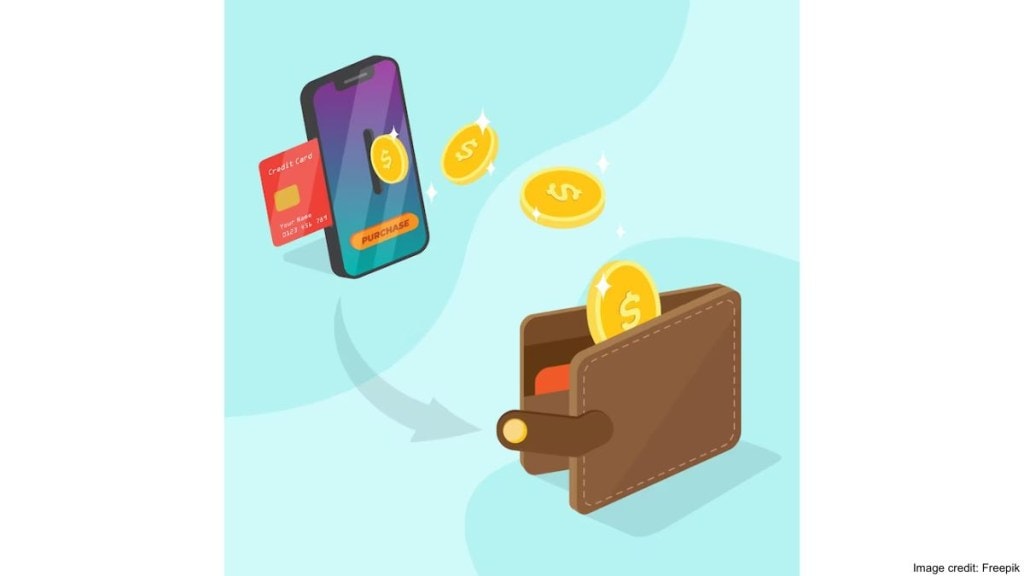As it is understood, people have shifted from non-custodial wallets to self-custodial wallets to manage digital assets. With self-custodial wallets’ ability to manage permissions with whom you share your data, store cryptocurrency, Non-Fungible Tokens (NFTs), and more, digital asset management is expected to become much easier. Examples such as MetaMask allow users to store, manage account keys, broadcast transactions and receive mostly Ethereum-based cryptocurrencies and tokens, and securely connect. Recently, India topped the Global Crypto Adoption Index, with insights from a report published on September 12, 2023, by Chainalysis, a market research platform. This is expected to show an increased involvement in the digital asset market. Such increased adoption shows the need to create a management system for managing such digital assets. In conversation with FE-TransformX, Manish Tomer, ecosystem strategic enablement director, ConsenSys Software Inc, a blockchain and Web3.0 software company, talks about how customisable self-custodial wallets can transform the way we look at digital wallets. (Edited Excerpts)
How do you think customisable wallets can change traditional digital asset management?
Earlier, before the launch of Snaps, users had to be dependent on digital wallet-making platforms and mostly go through a long permission process. With customisable self-custodial wallets such as MetaMask Snaps, users can make their own wallets without the need to ask permission from the wallet platform, eventually cutting down the time. MetaMask Snaps allows users to create wallets as per their needs, rather than using the same-formatted wallet used by other users. For example, if a user wants a wallet for only storage purposes, she can customise her wallet just like that. She does not need to use the wallet made for both storage and exchange purposes.
Do you think this could contribute to the increased adoption of digital assets?
Anticipating the future and what lies ahead, MetaMask has engaged in discussions with over 150 developers in the past few months to broaden the array of Snaps. These developers come from various regions around the world, including Africa, Asia, Europe, LATAM and the United States (US). The new format of customisable wallets is expected to attract more users in the cryptocurrency market. This might also increase the number of users in the overall Web3.0 industry. We also aim to onboard about one billion users on our platform.
What makes MetaMask Snaps different from the earlier version of MetaMask?
Initially, we had a limited bandwidth. For example, it was a team that could build maybe one feature and not 100 features. So now we have opened up the wallet as a platform that anyone can build on. So any builder, any individual, any company, can just build using Snaps on top of MetaMask, without even talking to us, making the platform more user-centric. It’s the network speed now that might be a limit. However, when it comes to building on MetaMask Snaps, users can customise their experience as a result their wallet may look different from others’ wallets.
What is the cost structure of the new self-custodial wallet?
By providing users with a new set of free tools developed by third-party developers across the globe, MetaMask Snaps aims to help individuals shape their Web3.0 experience according to their needs and preferences. Adept MetaMask users can access information about how to install the first available Snaps from the official website. There is no kind of charge as third-party developers can and are contributing on their own without any form of monetary charge.
How MetaMask Snaps can provide a better user experience when it comes to security structures?
Previously, MetaMask features were exclusively developed by MetaMask developers employed by ConsenSys. MetaMask Snaps will be an open platform for innovation and we will not charge developers for publishing Snaps to this platform. We believe that permissionless innovation is a cornerstone of a decentralised system, with no gatekeepers. The initial rollout will include over 34 Snaps which provide utility around transaction insights, interoperability with non-EVM blockchains like Bitcoin and notifications. The third-party developers building Snaps can independently ship and maintain their creations, separate from MetaMask. They maintain ownership of their code and establish a direct connection with their Snap’s users. This eventually will help to create a more secure and compact way of exchanging. However, safety always lies within the hands of users.
But with ‘permissionless’ transactions is there any safety-related threat?
MetaMask Snaps is indeed permissionless, but only for the other users present on the same platform. The permission stays within the third-party developers and ends with the individual user. There is no involvement of other users present on the MetaMask platform. Moreover, this is the initial structure, as we are working on improving the safety structures.









